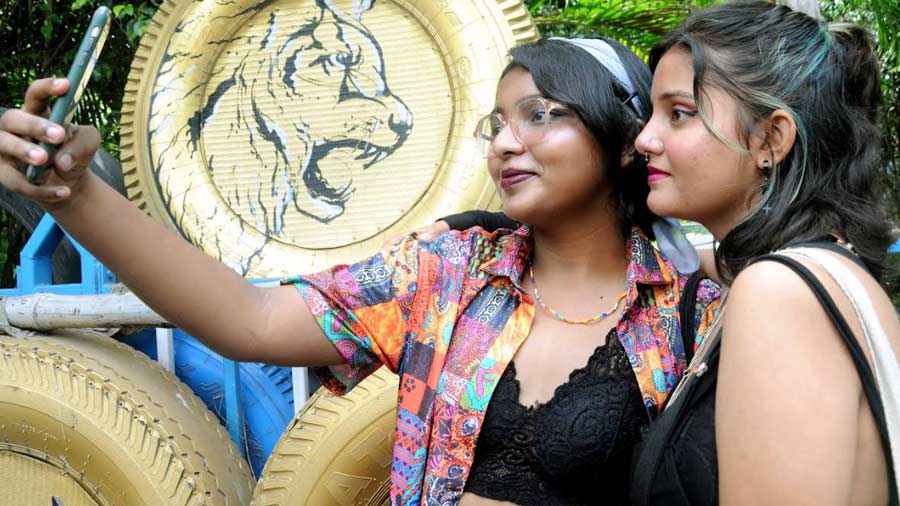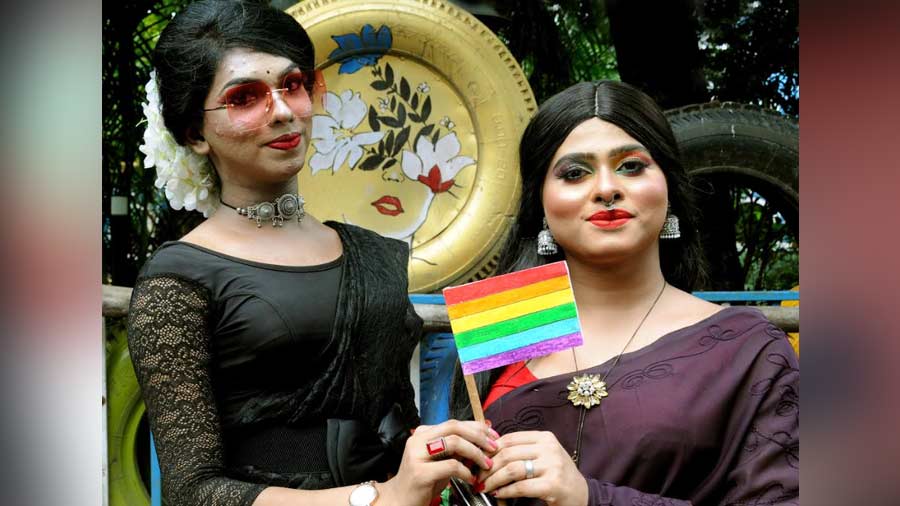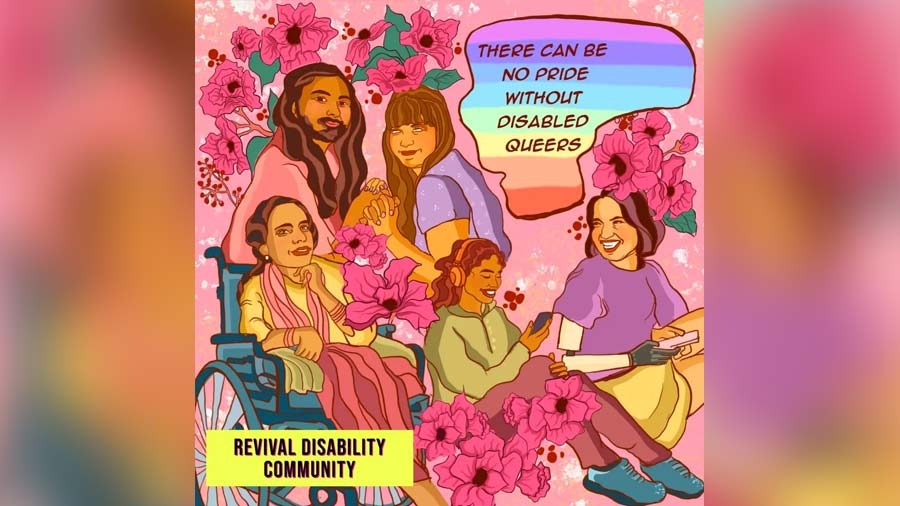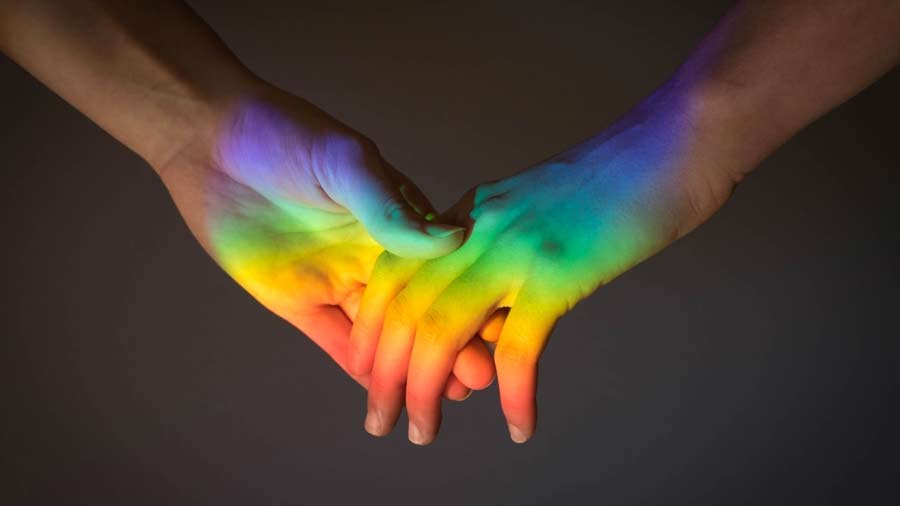As we move towards the end of Pride Month, which has historically been marked on international calendars to remember the protests of the LGBTQ+ community, it is important to reflect on the many identities that form and represent this community.
LGBTQ — What does it mean?
To introduce one to the LGBTQ+ community, it is important to first break down this very acronym. L-G-B-T-Q — it stands for Lesbian, Gay, Bisexual, Transgender, and Queer/Questioning. Lesbian, gay and bisexual are all part of our understanding of sexualities. What these sexualities challenge is a default heterosexual orientation.

unsplash
No one is born attracted to a particular ‘opposite’ gender. All attractions are normal and just as men can be attracted to women, women can also be attracted to other women, and men to men. Further, sexuality need not necessarily mean sexual attraction. Many people are only romantically attracted to one or more genders. Likewise, there are people who may be sexually attracted to one or more genders, or no genders. The former is referred to as asexual orientation, and the latter is called aromantic attraction.
Gender and identity
Something that is of extreme importance is that all orientations that are non-normative exist on a spectrum. This means that LGBTQ+ people challenge the notion of a binary- man-woman or hetero-homo. The best way to understand this is through a discourse on non-normative gender identities. While many of us have a vague understanding of who a transgender person is, it may be useful to re-define the same term while understanding what a cisgender identity is.

Someone who is cisgender is comfortable in the gender they were assigned at birth Ashim Paul
Someone who is cisgender is comfortable in the gender they were assigned at birth. This assignment is necessarily based on an individual’s perceived male or female genitals, without keeping in mind what said individual may socially experience as their gender, or if they are born intersex (that is, with medically ambiguous genitals and chromosomal combinations).
However, as an individual grows into their own person, they may realise that they are uncomfortable with the gender they were assigned at birth. This is when they transition, either socially, medically and/or legally, to the gender they self-determine. Such an individual has a transgender gender identity. They may be a transgender man or woman, much like cisgender men or women. However, the spectrum conversation arises here.
Understanding the spectrum
Many people identify as non-binary. This means that while they may be uncomfortable in the gender identity they were assigned at birth, they do not want to be the “opposite” gender. Queer (an umbrella term for all LGBTQ+ people) individuals challenge the very existence of an “opposite” gender.
Non-binary people may be anything between or outside the understanding of a man or woman. They may embody certain traits identifiable as masculine or feminine — expressing gender by wearing certain clothes or keeping their hair a certain way — or may be totally androgynous. The truth is, there is no way to visually identify what gender or sexuality a person is. This applies to heterosexual and queer people alike.

Non-binary people may be anything between or outside the understanding of a man or woman Ashim Paul
All that’s in a pronoun
Just as genders or sexualities cannot be identified based on conjecture, neither can someone’s gender pronouns. A person between transitioning may not stereotypically abide by our visual representations of men, women, or non-binary people, but may still use gender-specific pronouns such as he or she.
Many individuals, regardless of their genders, may use they/them pronouns, or a combination of pronouns. An extremely easy and queer-affirmative practice is to ask people — regardless of how they look or dress or speak or act — what their pronouns are. This is also an opportunity to engage with and express solidarity with members of the community.
The author is a non-binary person, currently the Managing Trustee of Sappho for Equality, a Kolkata-based organisation that works for the rights and social justice of sexually marginalised women and transmen. They have been working to create bridges between normative and non-normative populations of society, and position gender-sexuality within existing development discourses.


